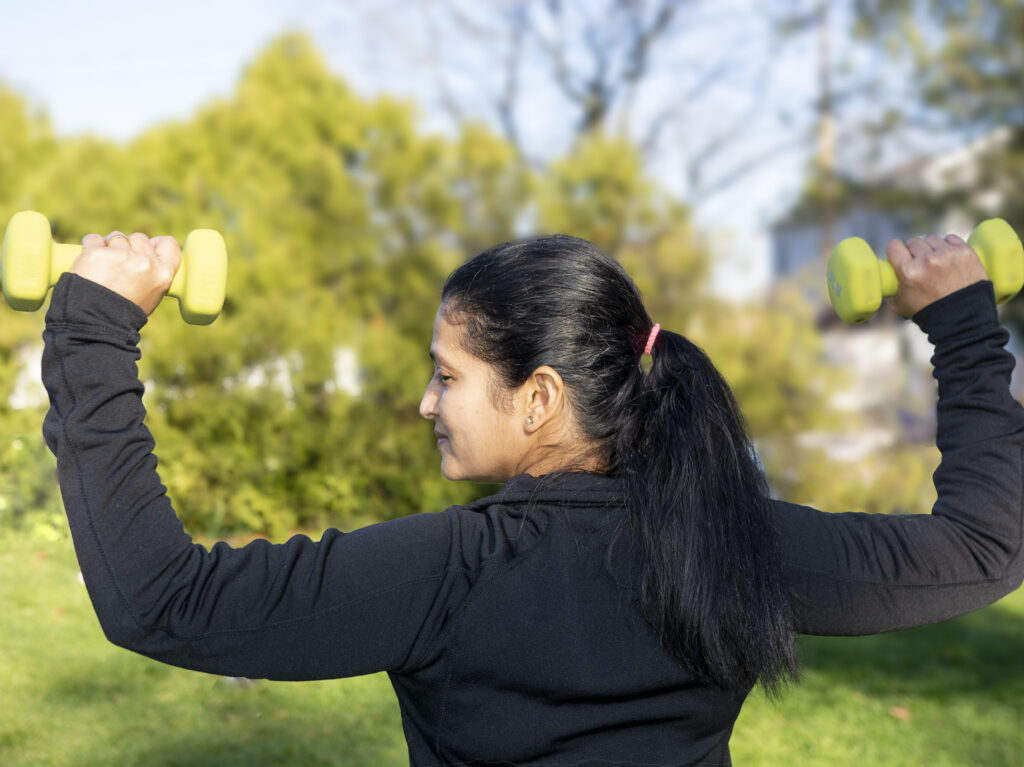Strategies to improve your bone health

Have you heard about weak bones and menopause? How and why does it happen?
Well, our aim here is to educate women about this silent disease called Osteoporosis, which affects over 200 million people worldwide. Educating women during perimenopausal (years leading to menopause) as well as menopausal years will help them to prevent this condition.
Most commonly this condition is diagnosed after an injury in which you may have suffered a fracture.
Know why Bone loss happens :
The production of cells causing absorption or dissolution of the bone increases as compared to the cells helping with bone formation. The bones become more fragile and increase the likelihood of fractures. These changes happen due to a decrease in estrogen levels during menopause.
Apart from medications, numerous studies have shown that bone health programs that comprise weight-bearing exercises, strength training, fall prevention strategies and lifestyle management will help to slow bone loss, even build bones.
Bone-strengthening program
An exercise program for osteoporosis should include:
- Weight-bearing exercises : The muscles and tendons apply tension or stress to the bones, it gets stimulated to produce more tissue by depositing extra calcium and nudge those bone forming cells. As the bone becomes stronger and more denser, the risk of osteoporosis and fractures decreases. What activities you can do:
- Walking
- Climbing stairs
- Playing sports and dancing
- Higher impact activities build stronger bones.
- Muscle-strengthening exercises
- Bodyweight exercises such as lunges, squats or resisted exercises using bands, dumbells, weight machines will help to build muscle strength as well the bone density. Do these types of exercises at least twice a week.
- Balance exercises: Balance exercises improves your ability to prevent falls. Exercises such as Tai Chi, yoga are very helpful.
- Flexibility exercises Helps to keep your joints mobile. You may perform yoga, or stretching exercises every day as part of mobility routine. keep your muscles limber and joints mobile.
- Lifestyle modification is key to healthy wellbeing. Eat fresh vegetables and fruits, whole grains, exercise daily, take your supplements such as Vitamin D, Calcium, Stop smoking, limit alcohol consumption, Have a good sleep routine and meditate.
As a woman, we all will be going through this phase of menopause, but getting to know what to expect and how to prevent the problems which may occur, will help us to transition into this phase stronger and smarter.
Happy Women’s Day to all!

Very good post. I absolutely appreciate this website. Stick with it!
Thanks for sharing!